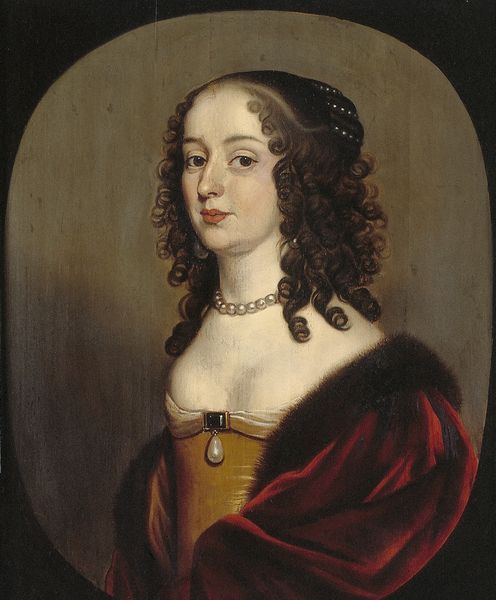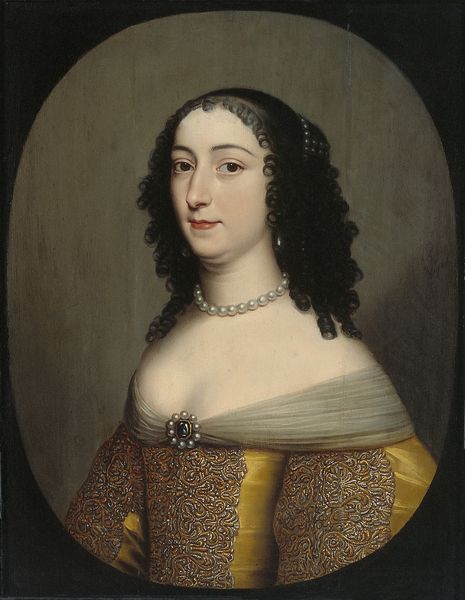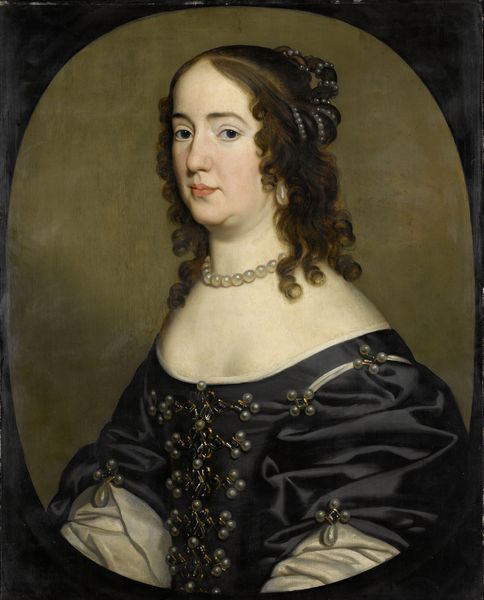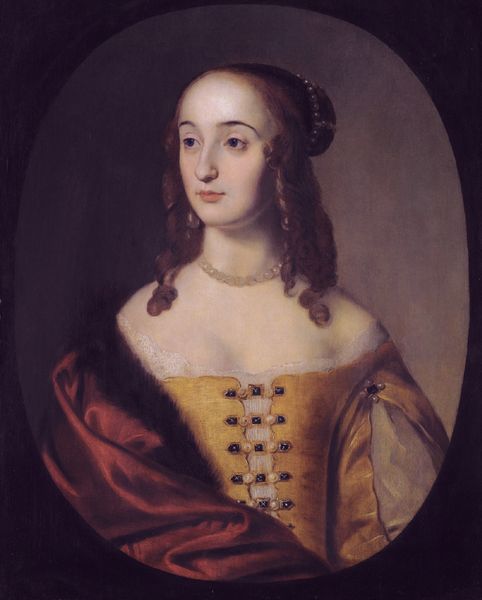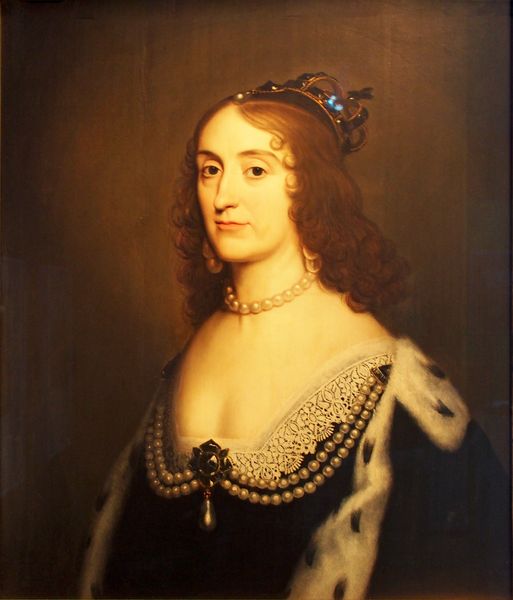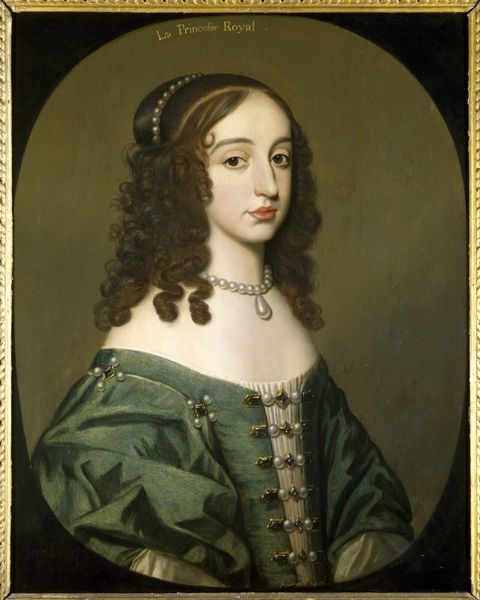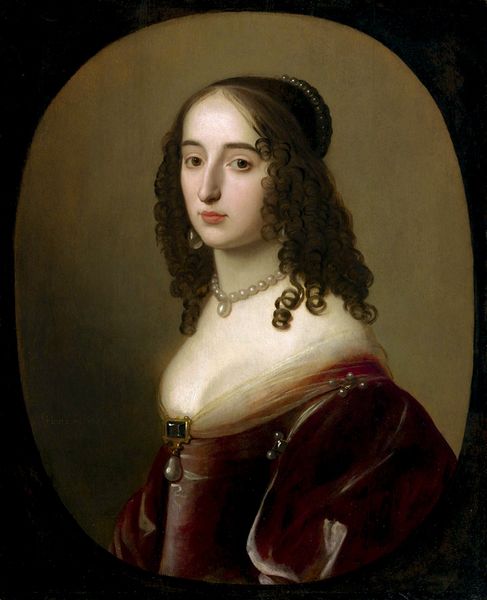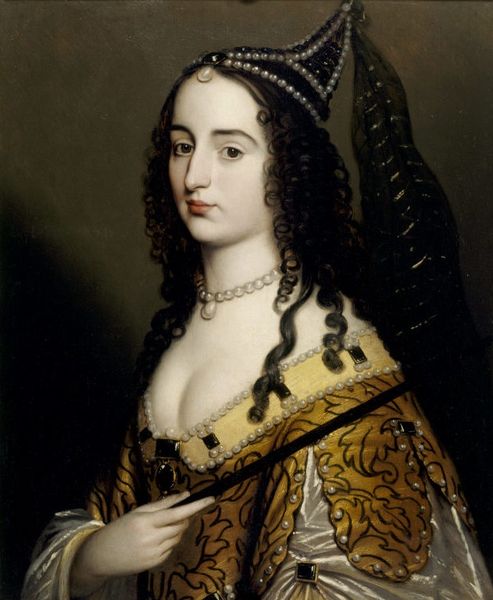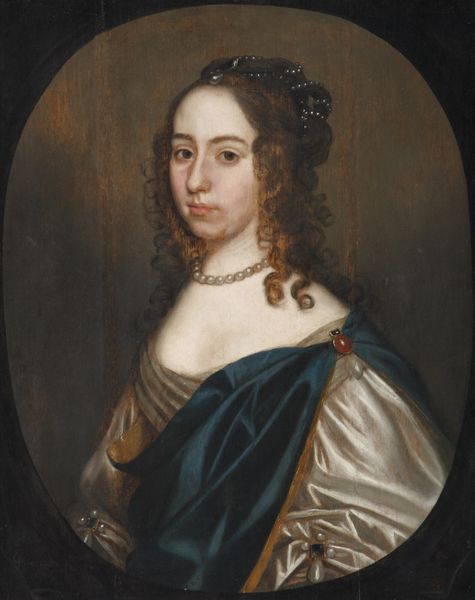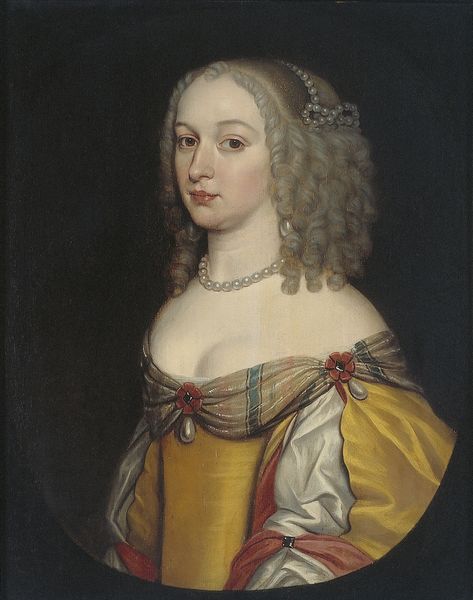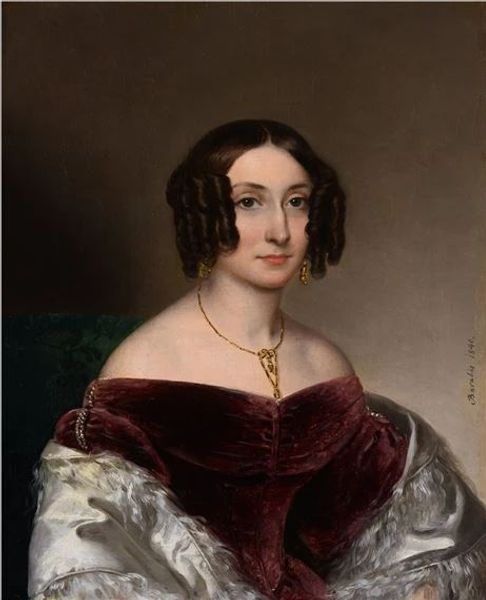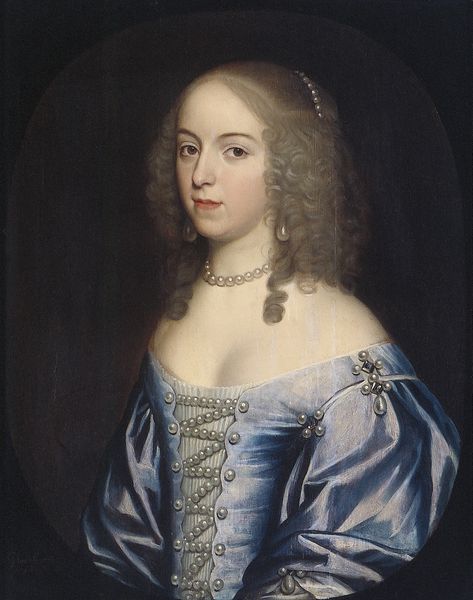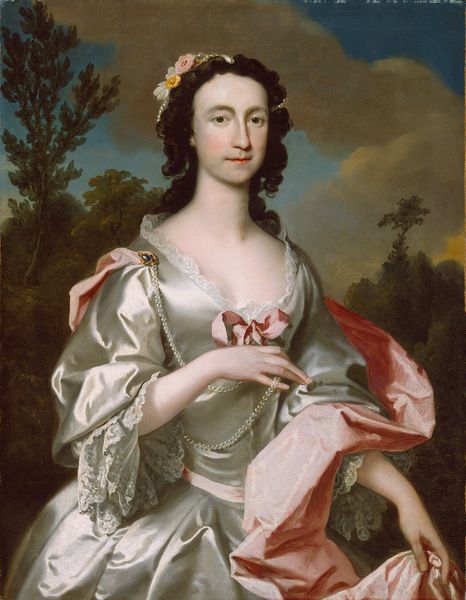
painting, oil-paint
#
portrait
#
baroque
#
dutch-golden-age
#
painting
#
oil-paint
#
academic-art
#
realism
Copyright: Public domain
Editor: This is Gerard van Honthorst's portrait of Anna Trajectina van Brederode, painted in 1656. There's such formality to her pose and dress... what do you see in this portrait? Curator: Look closely at the opulence; it’s a testament to the sitter’s social standing and wealth, explicitly on display. What raw materials made the textiles she wears? And the pearls... were they locally sourced or transported from distant lands? Editor: I hadn't thought about that before! I guess each material tells its own economic story? Curator: Precisely. Even the oil paint itself—where did van Honthorst source his pigments? The labor involved in preparing and applying each layer. Consider how the value we ascribe to this portrait is built on complex processes of extraction, production, and consumption. Does that change your perception? Editor: It does! Thinking about the supply chains…and all the work behind her glamorous image… It’s a different way to understand the painting than just admiring the aesthetics. It’s like reverse-engineering status. Curator: Exactly. Who benefited materially from the creation of this portrait beyond just the artist and sitter? These gilded age paintings, in reality, were dependent on exploitation. Editor: It gives the painting a completely different edge, considering all the economic forces it represents. I am not just seeing beauty, but all of the elements needed to create this art. Curator: I'm glad this shifted your view to the social forces, not only its historical significance as a piece of art. Now you might be keen to examine further creations!
Comments
No comments
Be the first to comment and join the conversation on the ultimate creative platform.
